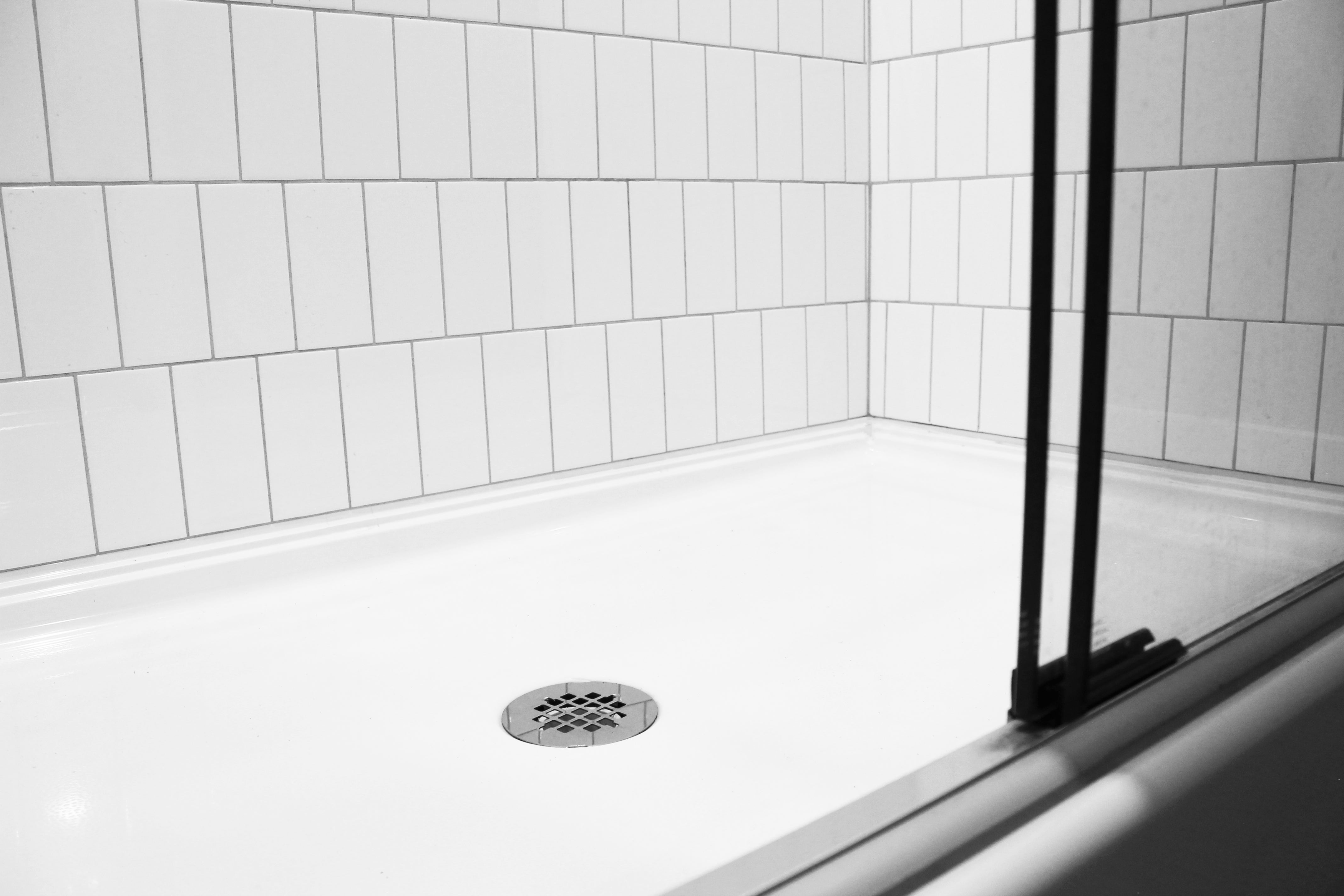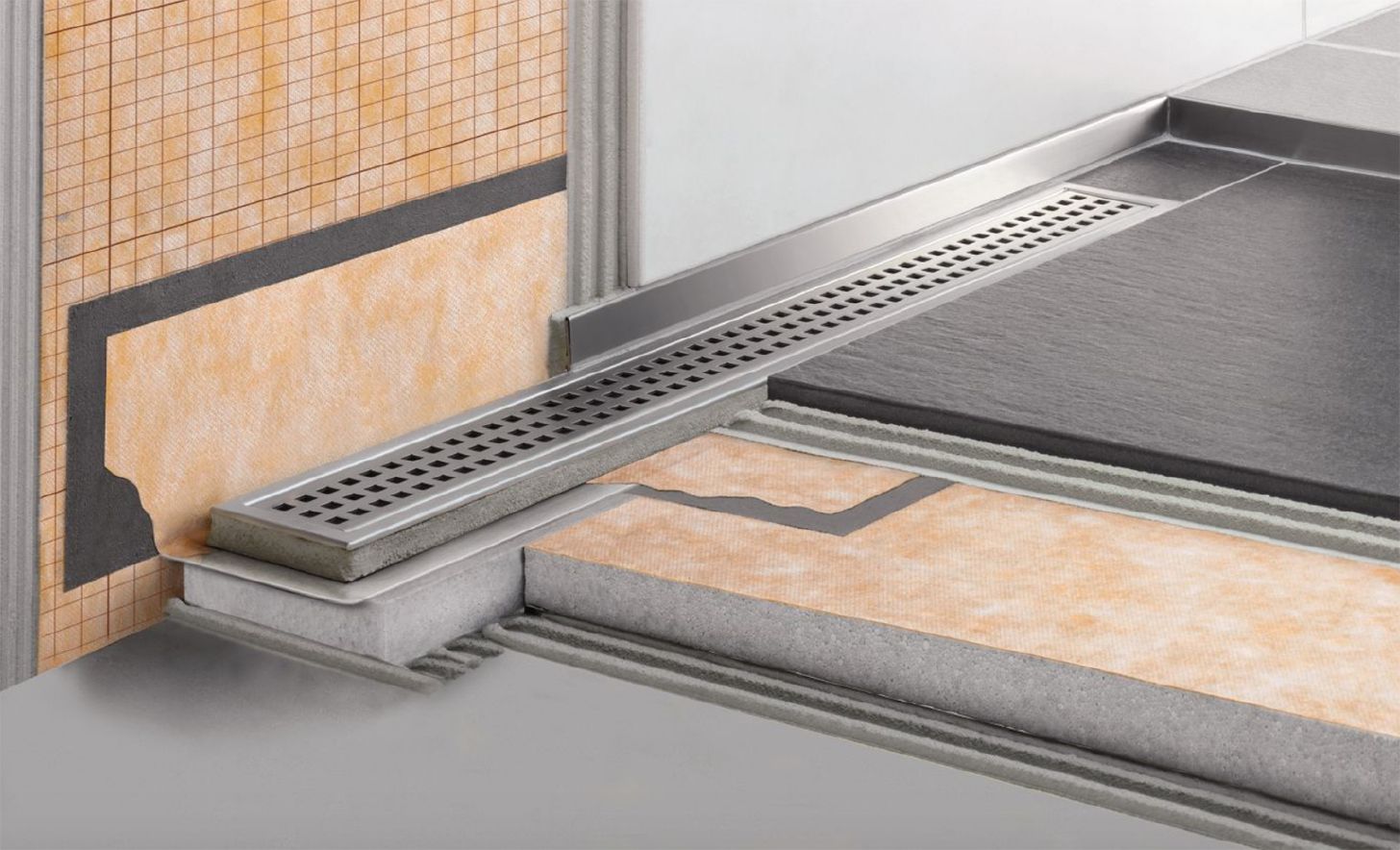Managing-Handling-Undertaking Your Shower Drain-Bathroom Drain-Drainage System Installation-Setup-Project Yourself-On Your Own-Independently
Managing-Handling-Undertaking Your Shower Drain-Bathroom Drain-Drainage System Installation-Setup-Project Yourself-On Your Own-Independently
Blog Article
The content below about How to Install a Shower Drain in a Basement is fairly engaging. You should take a peek.

Updating a washroom is just one of the a lot more popular home renovation projects. Dealing with the plumbing for draining your shower can be extremely easy unless you overdo it.
Managing Your Own Shower Drain Installment Project
Whether you are a bath tub or shower individual, most individuals look for shower only options when getting a residence. This simple reality suggests greater than a couple of homeowners spend a weekend updating or installing showers in their bathrooms. Fortunately for you, it is a relatively straightforward procedure.
An enthusiast or frying pan describes the horizontal surface located at the end of the shower. The enthusiast commonly includes a non-slip surface slightly banked in the direction of the center or wherever the drainpipe is located. Combined with 3 to four inch wall surfaces around the side, the goal of your shower drainage plumbing is to obtain the water to flow to and also down the tubes.
You can literally develop a collector for your brand-new shower, but you truly need to consider it. Do you actually wish to get involved in the problems of obtaining the sloping correct, and also making sure every element of it is water-proof? And I imply every facet! It is a lot easier to simply purchase a pre-cast enthusiast online or at your neighborhood Lowes, Home Depot or hardware store. Building one may seem like a great idea, but you will most likely feel in a different way after a number of hrs.
Despite exactly how you set about obtaining a frying pan, you must make every effort to utilize one that has the drain located in the same place as the initial frying pan. Moving the drain pipes can be a job, especially if the home builder utilized an unique framework framework. If you are identified to move the drainpipe, you are going to have to reduce the pipe or extend it, which might imply destroying big chunks of the flooring. Put another way, you are mosting likely to be taking a look at a multiple weekend task.
Presuming we have our drainpipe lined up, the real connect is rather easy. The water drainage pipe must be facing vertical approximately the collector. It will certainly usually appear like a "U", which indicates it acts as a cleanout to keep nasty scents from returning up from the drainpipe. To connect the drain, you are mosting likely to develop a water limited link between a drain cap on the top of the pan as well as the drainage pipeline. Solutions vary, but you are commonly going to do this by placing a coupling piece on the top of the water drainage pipeline. This is then covered with gaskets as well as essentially screwed right into the drainpipe cap. The drain cap ought to function as a locknut, to wit, it screws straight onto the coupling.
The challenging part of this process is getting your drainpipe cap to suit a leak-proof setting in the pan. This is completed by withdrawing the drain cap once you make certain whatever fits together. Then, you placed plumbing technicians putty around the underside of the cap and afterwards screw it back on. The putty must form a limited seal between the cap and also the shower pan, which maintains water from trickling under it and also into the mounting under the shower.
Obviously, washroom showers come in a variety of styles these days. If you acquire a collection agency, they generally come with plumbing directions or the shop can keep in mind anything unusual you ought to recognize. It sounds complex, however is commonly pretty simple. Have a good time!
Tips for Installing a Shower Drain Assembly
Renovating a bathroom can be exciting as well as fulfilling if you’re tackling the job DIY-style. After you cross off the bigger decisions such as tile style, paint colors, and fixtures, you’ll need to finalize smaller details – such as the shower drain. In this article, we’re sharing some tips for selecting and installing the right drain assembly for your updated shower.
What is a shower drain assembly?
Shower bases or pans typically only come with a pre-drilled drain hole. Since the pan slopes toward the drain, you should consider the placement – left, center, or right – when designing your shower. You’ll need to purchase and install a shower drain assembly that connects the shower pan to the drain pipe underneath the shower. There are a few types of assemblies, which will be covered below.
Size of a shower drain
When it comes to installing drains, size matters. The recommended pipe size for a shower drain is 2 inches, whereas most tubs use 1.5-inch pipes. Why the difference?
Shower pans are shallower than tubs, so there’s a higher risk for overflow. So, the larger pipe allows for quicker draining. If you are replacing an old tub with a newer stand-up shower, you will need to make additional plumbing adjustments to accommodate the 2-inch pipe.
Types of shower drain assemblies
There are three common types of shower drain assemblies: compression shower drain, solvent-glue shower drain, and tile shower drain. The layout, design, and materials of your shower can determine which type of shower drain assembly will work best.
Compression shower drain
This type of assembly attaches to the drain pipe with compression washers and nuts. The drain fitting is typically installed into the base, and then the base is installed into the bathroom floor. This makes compression-style drains easier to install than other options, particularly if you don’t have easy access from the floor under the shower base. Drains are available in a wide range of materials such as PVC (polyvinyl chloride), ABS (Acrylonitrile Butadiene Styrene), and brass, and can be used for acrylic, fiberglass, and steel shower bases.
Solvent-glued shower drain
Made of either polyvinyl or ABS, this type of shower drain is sealed to the drain pipe with solvent glue and silicone. Since you’ll be working underneath the drain pan, we only recommend using this type of drain if you have access under the shower, such as from a basement or crawlspace. It’s also important that you match the type of plastic of the drain with the drainpipe. If you take these precautions, you can install a solvent-glued drain assembly with acrylic, fiberglass, and steel shower bases.
Tile shower drain –
Drain assemblies for custom tile showers feature a waterproof membrane liner placed between two flanges. The tile is installed on top of the liner, collecting any water that seeps through the porous grout. A metal strainer is installed in line with the tile over the drain.
https://www.epshawaii.com/blog/tips-for-installing-a-shower-drain-assembly/

Do you like reading about Simple Steps for Installing a Shower Base? Make feedback further down. We will be pleased to know your opinion about this blog. We hope to see you back again before long. Are you aware of someone else who is in the market for the subject? Take a moment to share it. Many thanks for taking the time to read it.
Report this page